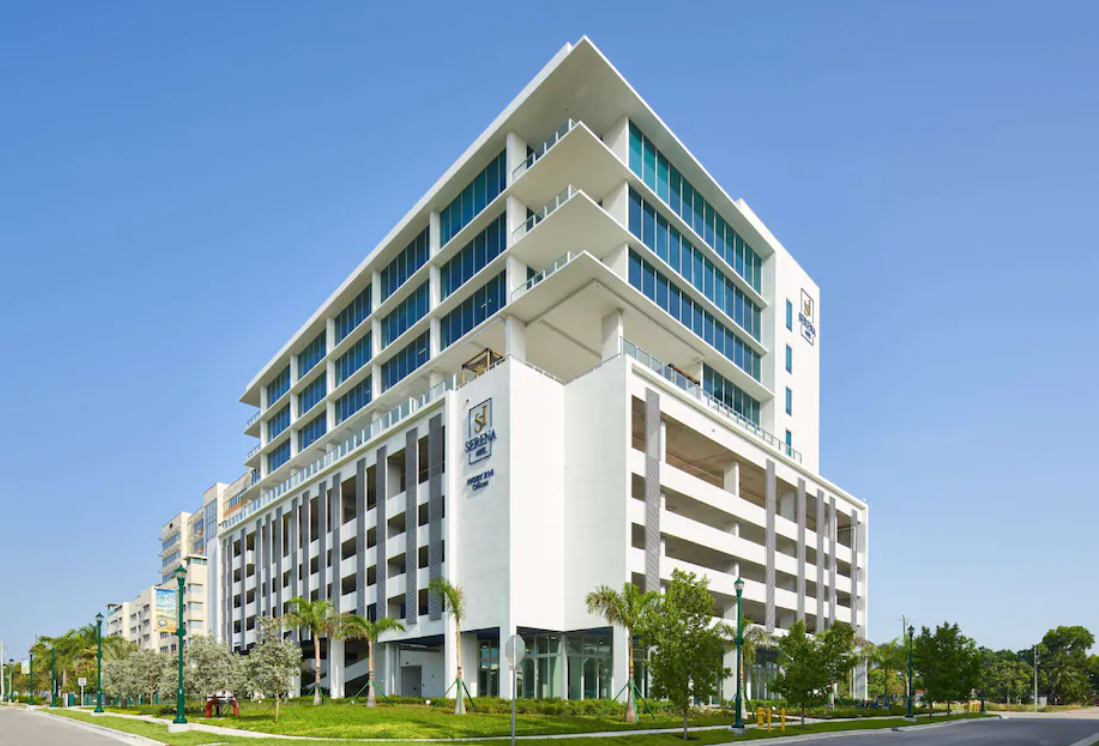Featured in GlobeSt.com
By Kelsi Maree Borland
February 21, 2023 – Commercial real estate investors are facing a higher interest rate environment and restrictive lending practices, presenting challenges to many borrowers with loan terms set to mature this year, particularly as to floating rate loans.
In a word, the lending environment can be described as “uneven.” That’s according to Fred Marchena, senior credit officer at Hall Structured Finance.
And while Marchena acknowledges restrictive fundamentals, he also thinks that the capital markets are efficient and that alternative sources of capital like Hall Structured Finance will be there to provide liquidity to fill the void being left by traditional lenders.
Understanding the Impact on Securitized Loans
The bucket of securitized debt scheduled to mature this year includes Agency, CMBS and CLO loans, lending programs that include predominantly fixed rate loans but also floating rate debt. Marchena notes that floating-rate loans have greater exposure of risk due to the magnitude of the increase in the index they are tied to (i.e. LIBOR/SOFR), which averaged 0.69% in 2020 and currently sit at over 4.55%.
He goes on to say that maturing fixed rate loans should fare better. “Fixed rate loans that originated in 2013 with 10-year terms were financed at interest rates that were, on average, 1.5% less than today. The question for borrowers will be if the loan amortization over the last 10 years, and presumable increases in NOI, have been enough to offset today’s higher interest rates. For many properties and borrowers, that is going to provide a pretty good cushion to refinance in a conventional manner, both from an LTV and DSCR basis.
For floating rate loans that are coming due, whether those are CMBS, CLO, or bank loans, it may be somewhat of a different story given the mixture of product types and the magnitude of change in the absolute interest rates from the time the loans were originated and lower amortization levels over the loan term. The situation could also be exasperated somewhat depending on lender requirements related to any purchase of an interest cap or interest rate swap, for which conventional lenders are likely to be more stringent in requiring.”
Borrowers Have Options
To combat the higher cost of capital and higher DY/DSCR requirements, Marchena says that “for borrowers looking to refinance maturing loans, for many the reality will be that they will need to inject cash equity in order to complete a refinance. If borrowers are cash-strapped, there are capital sources that provide rescue capital to help bridge equity gaps.”
Notwithstanding the headwinds facing borrowers, there should be ample opportunities to secure debt from alternative sources. “The CRE capital markets are very efficient,” Marchena adds. “Although the market is expecting a pullback by conventional lenders such as banks and the CMBS market, a good portion of the void can be filled by debt funds and private lenders like Hall Structured Finance, which have dry powder.”
Read the full article here.
Back To News Room
News Room
Related Articles
Scroll to explore related Articles from HALL Structured Finance team










